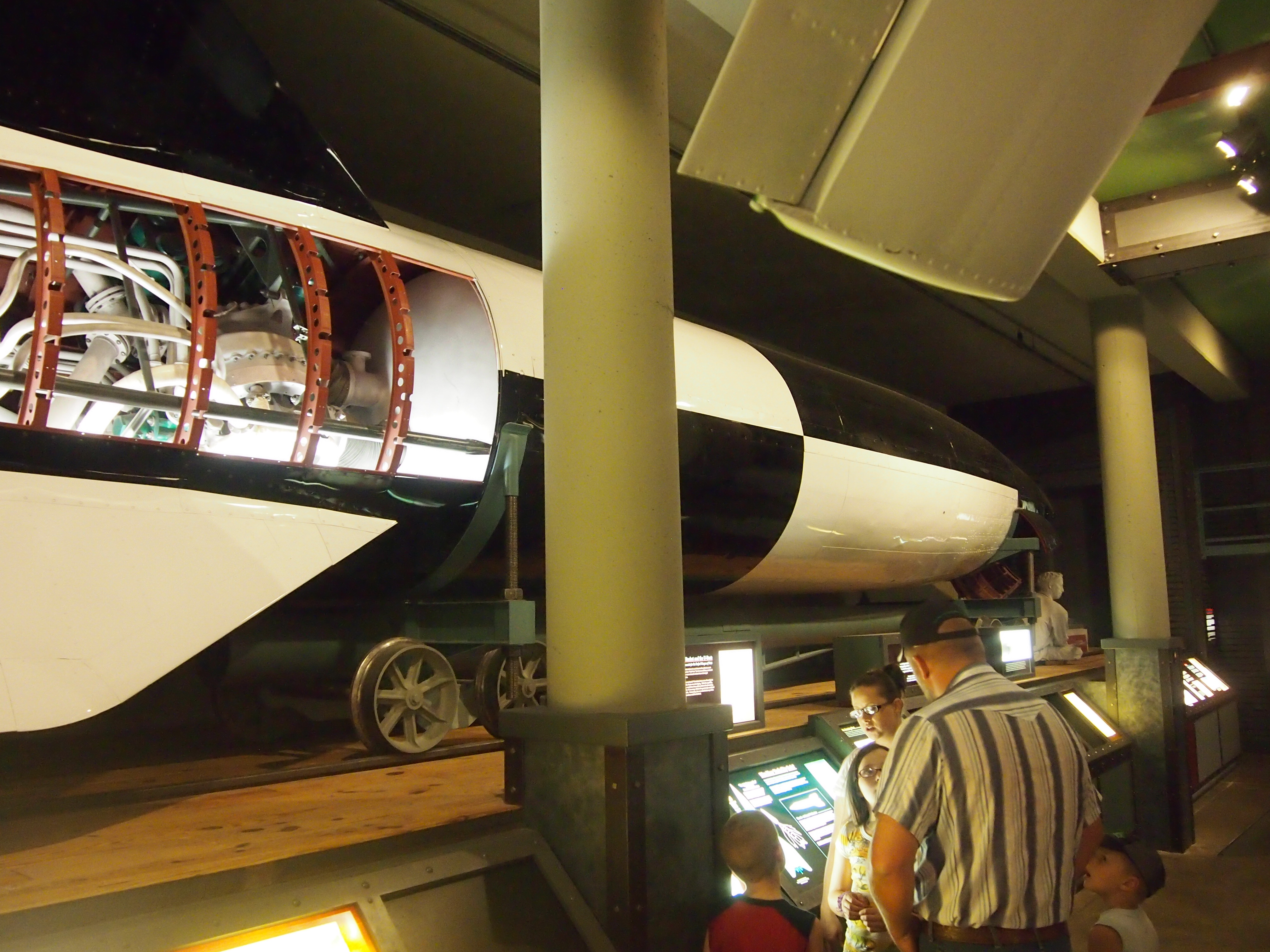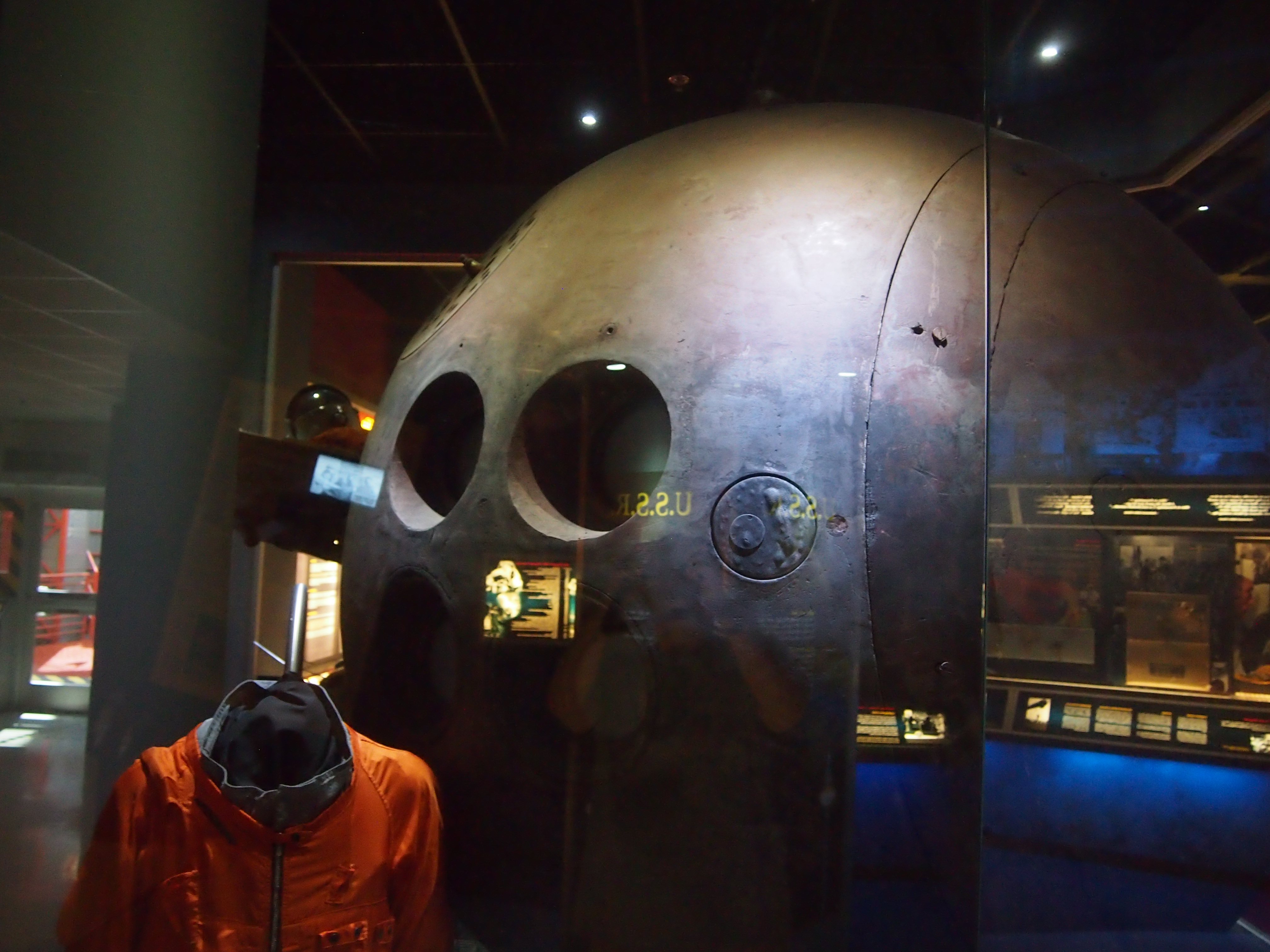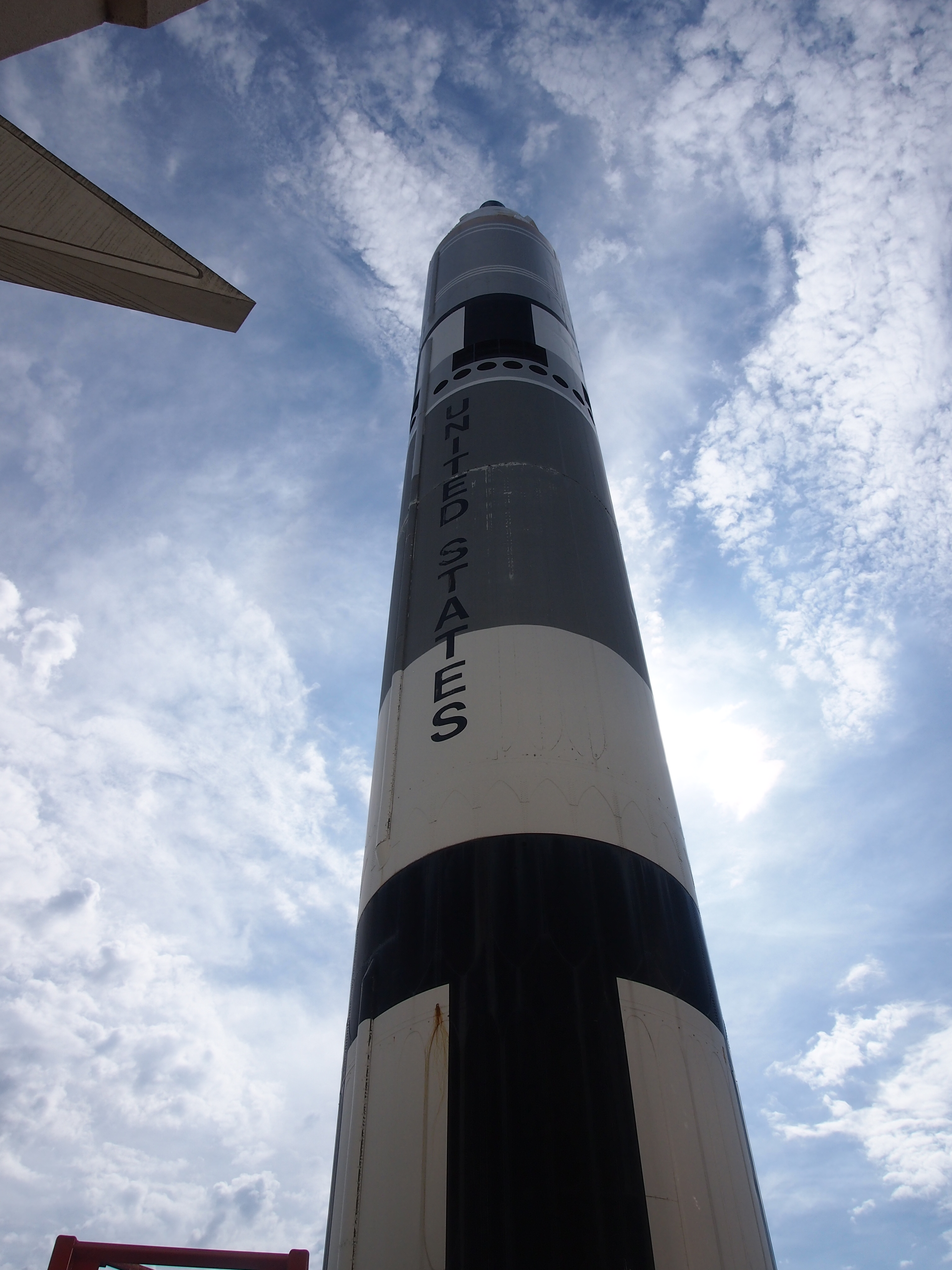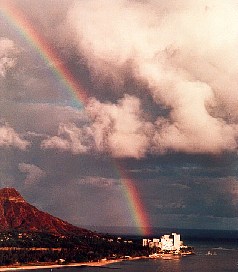We bought a Christmas tree the day before yesterday. I’m not inclined to do so as much as I used to be, but the girls insisted, and took charge of the decorations.
For some reason, I documented our 1973 Christmas tree with the Instamatic 104 camera my mother had bought sometime in the 1960s. At least, I’m pretty sure this is what we had, along with millions of other people. It broke in 1976.
 Not a particularly good image, even for that camera. But it captures most of our indoor decorations. The tree, which always looked more-or-less like that; stockings, hanging from a small sled acquired in Germany; a hard-to-see nativity scene on the table next to the tree (under the lamp); and a poinsettia.
Not a particularly good image, even for that camera. But it captures most of our indoor decorations. The tree, which always looked more-or-less like that; stockings, hanging from a small sled acquired in Germany; a hard-to-see nativity scene on the table next to the tree (under the lamp); and a poinsettia.
I also documented my presents for the year. The flash cube activated for this shot.
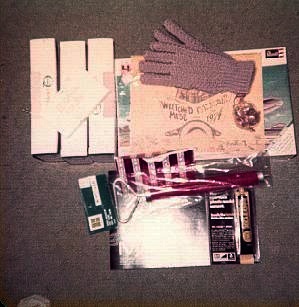 There’s some kind of Revell model kit under there, but I don’t remember what it was (the company’s still around). That was probably among the last kits that I had, since I lost interest in models around this time.
There’s some kind of Revell model kit under there, but I don’t remember what it was (the company’s still around). That was probably among the last kits that I had, since I lost interest in models around this time.
On top of that are gloves, a bicycle pump, an envelope with some money tucked inside it, and a 1974 Wretched Mess Calendar. There isn’t much easily accessible information online about that publication, but there is a little evidence, besides my fractured memory and an overexposed print from late ’73, that such a thing existed. This is an article mentioning a ’69 version of the calender.
Finally, speaking of models, this shot. Not a Christmas image, but something I was doing at the time.
 My Saturn V model. My mother had acquired it for me some years before — at a trading stamp redemption center — but I was too young for it for a while. In late ’73, I took up the task and finished it. And a fine model it was, too.
My Saturn V model. My mother had acquired it for me some years before — at a trading stamp redemption center — but I was too young for it for a while. In late ’73, I took up the task and finished it. And a fine model it was, too.

